Rapid climate change has upended lives as we know them and impacted our surroundings as well as our body systems. Climate justice insists on a shift from a discourse on greenhouse gasses and melting ice caps into a civil rights movement with the people and communities most vulnerable to climate impacts at its heart. It is rooted in the idea that the benefits and burdens of climate change should be distributed equitably, as climate change has impacted vulnerable populations disproportionately.
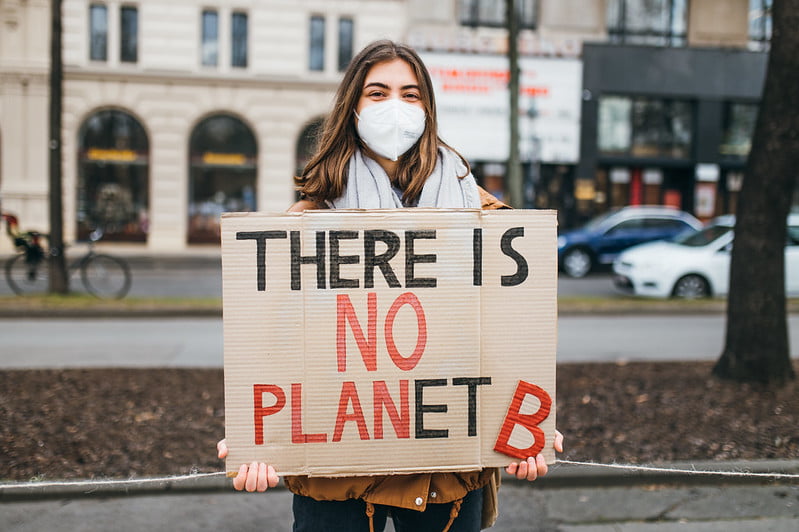
Women, particularly, have faced the brunt of these impacts, a significant part of which has impacts on their reproductive health. Further, extreme weather events increase the need for access to reproductive health services, as these crises lead to increased gender-based violence. Thus, reproductive justice, defined by Sister Song Women of Color Reproductive Justice Collective as, “the human right to maintain personal bodily autonomy, have children, not have children, and parent the children we have in safe and sustainable communities” is central to climate justice.
Climate change can affect pregnant women’s health in various ways. Pregnant women are vulnerable to extremes in temperature. They may be susceptible to dehydration which releases labor-inducing hormones. Further, newborns are sensitive to variations in temperature, because their body temperature regulation is limited.
Looking at these intersections between reproductive justice and climate justice, can revitalise both movements, and encourage activists, policymakers and legislators to consider the ways in which climate change impacts women’s reproductive health, and the ways in which actions grounded in realising reproductive justice can lead to a reduction of impacts of climate change.
Health impacts on pregnant women
Women are at the centre of family structures and carry the primary responsibility of bearing and rearing children. Their health determines the health of an entire family, especially their offspring. Recently, during Covid-19, pregnant women were treated as a separate class and various policies and guidelines were in place to ensure additional care and isolation practices for them, as they were considered particularly vulnerable. The same care and deliberation is hardly found in the climate change discourse, even though research clearly shows that pregnant women are particularly vulnerable to the impacts of climate change.
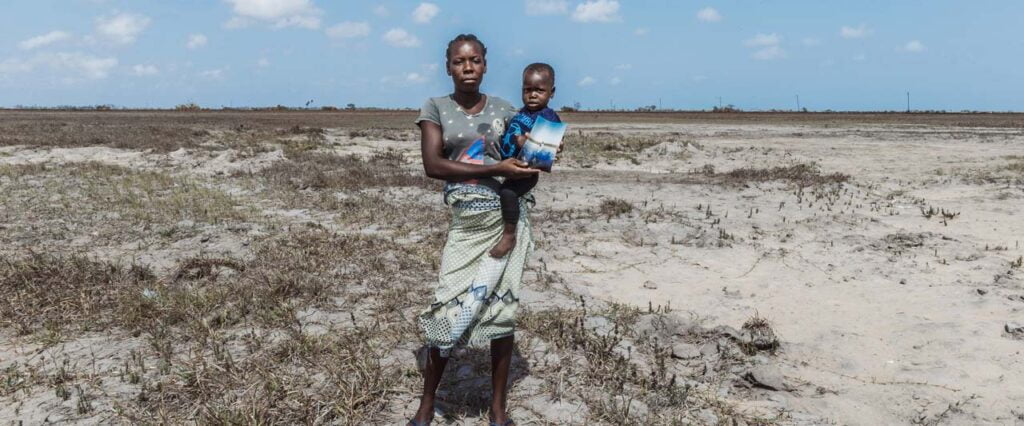
Climate change can affect pregnant women’s health in various ways. Pregnant women are vulnerable to extremes in temperature. They may be susceptible to dehydration which releases labour-inducing hormones. Further, newborns are sensitive to variations in temperature, because their body temperature regulation is limited. Rising temperatures and extreme weather events can also impact food quality, production, transportation, availability and safety. Food-related illnesses such as listeria and toxoplasma, can be life-threatening, and increase the risk of miscarriage, stillbirth, or premature delivery.
Access to abortion is another tool that women can use to exercise reproductive autonomy. Abortion laws in India are rooted in the ideas of criminalisation and population control, and the law allows women the right to abort only in exceptional cases, and even then, only with the approval of registered medical professionals. In all other situations, abortions are criminalised under the Indian Penal Code. Further, the Medical Termination of Pregnancy Act (“MTP”) in India has been criticised for not placing women’s bodily and decisional autonomy at its center.
Increased rainfall and flooding in South Asia have increased the probability of the spreading of water-borne diseases such as dengue, malaria, leptospirosis and cholera. In India, 136,000 people were affected, and many of them hospitalised, in 2019 alone. Pregnant women are at an increased disadvantage in these situations. For example, studies have concluded that pregnant women infected with malaria have severe symptoms and outcomes, with a higher rate of miscarriage, premature delivery, and neonatal death, in addition to being at a higher risk for severe anaemia and maternal death.
Also read: The Need To Acknowledge The Inter-Relationship Between Environment Crisis And Reproductive Rights
Further, a study on the saline contamination of drinking water in Bangladesh found that an increasing number of pregnant women living in the coastal areas are developing pre-eclampsia, eclampsia and hypertension and the local doctors and community workers have been raising alarms of increased salinity being a direct cause for this problem. Seawater intrusion into surface water and groundwater, caused by rising sea levels which are an effect of climate change, increases the salinity of water making it harmful for human consumption. The study in Bangladesh should be a warning and a learning experience for India, which itself is a coastal country, and therefore, women are at an increased risk to their reproductive health.
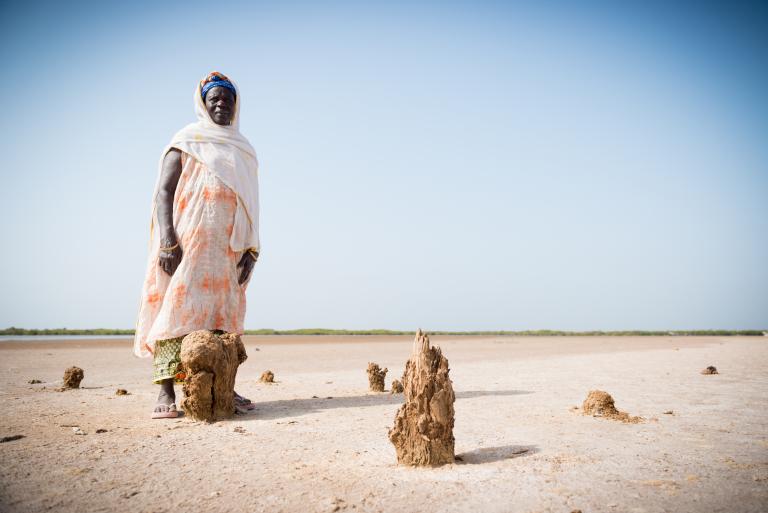
It has also been found that, when compared to men, women are at an increased risk of PTSD and other mental health effects after a disaster. Therefore, extreme weather events can cause increased psychological and emotional stress for pregnant and postpartum women.
Extreme weather events, access and violence
Women need reliable access to transportation and medical care during pregnancy, and these can be disrupted during and after extreme weather events. Access to reproductive health services has further importance in light of the fact that climate disasters lead to increased gender-based violence. A possible consequence of such violence is unwanted pregnancies and lack of access to reproductive health services. A recent report from the United Nations, Global Assessment Report on Disaster Risk Reduction, cited various studies from around the world to highlight the increase in gender-based violence during emergencies, disaster displacement and slow-onset disasters.
The report highlighted that using Sustainable Development Goals, it could be statistically observed that there were correlations between gender-based violence and being affected by disasters. For example, SDG data showed a strong relationship between the number of people affected by disasters and female victims of intentional homicide.
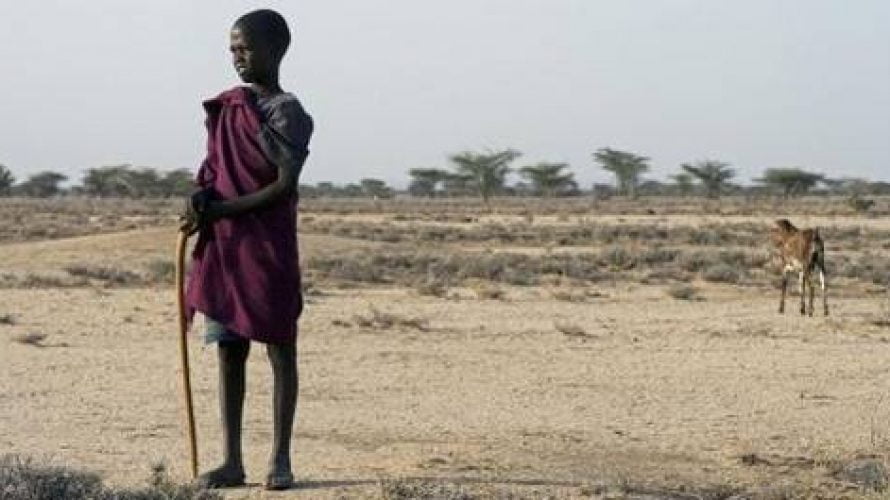
In fact, this interrelation was the strongest in South Asia. The report concluded that the research indicated that additional socio-economic and psychological stresses of disasters on affected people exacerbated vulnerability through indirect social impacts, and further undermined coping capacity, social cohesion and well-being. Summarily, the report stated that pre-existing gender inequalities and different gender roles in societies affect exposure, vulnerability, coping capacity and preparedness in relation to disasters.
Reproductive justice as climate justice
Many grand measures are promised to control the climate crisis. However, in light of the deleterious impacts on their bodies, women need specific measures to face the immediate harm caused to them as a direct result of climate change. Women’s right to exercise reproductive autonomy thus assumes immense importance, and climate justice can be realised through ensuring reproductive justice. In particular, women should have unimpeded access to contraceptives and safe abortions.
Also read: Sexual And Reproductive Health In The Time Of Humanitarian Crises
Contraception is a much-needed necessity in this regard, as it ensures that unwanted pregnancies can be prevented. This effectively means that contraceptives are tools that can be used by women to protect themselves (and their offspring) against health-related risks during pregnancy that are aggravated by climate change. A recent study from 2019 showed that about 8.5% of women and adolescents in India had an unmet need of contraceptives.
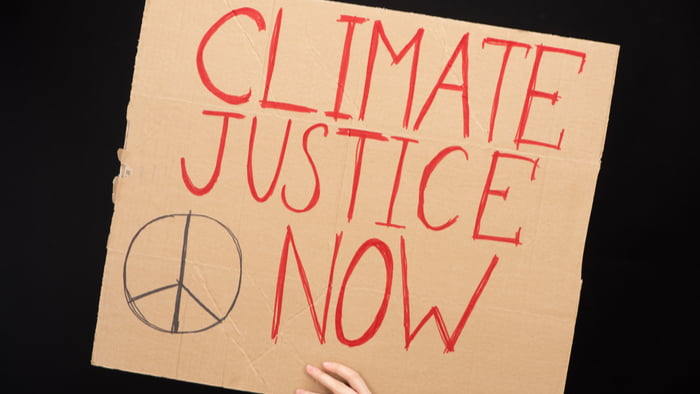
Therefore, access to contraceptives needs to be made easier and more effective. Further, as many as 62.2% in India used female sterilisation as contraception. The trend of the burden of contraception falling on females is also apparent in the fourth National Family Health Survey, which showed that 36% of couples opted for female sterilization, while only 0.3% opted for male sterilization. Thus, policies should ensure that while contraception is an important tool of empowerment, men must also be involved in the process of empowering women.
Prevention and protection from gender-based violence needs to be built into disaster management systems. As has been shown by research, women’s role in disaster preparedness efforts should be institutionalized, as women play a crucial role by bringing in a wealth of knowledge, capacities and need-based approaches to decision-making. Capacity building to work with women is an essential consideration that can facilitate care and support for women survivors in disasters.
Access to abortion is another tool that women can use to exercise reproductive autonomy. Abortion laws in India are rooted in the ideas of criminalisation and population control, and the law allows women the right to abort only in exceptional cases, and even then, only with the approval of registered medical professionals. In all other situations, abortions are criminalised under the Indian Penal Code. Further, the Medical Termination of Pregnancy Act (“MTP”) in India has been criticised for not placing women’s bodily and decisional autonomy at its center.
A rights-based approach should allow for abortions on demand, which is not the case. Even the recent amendment to the MTP, which was hailed for having expanded women’s reproductive rights, is far from ideal. It only expands the time period for abortions in exceptional cases and is not grounded in the idea of a woman’s bodily autonomy. Interestingly, the Supreme Court recently recognised a woman’s reproductive rights as coming under the scope of the right to privacy. This opens up further avenues for the law to be challenged. However, it only provides a starting point, and the law must change to incorporate principles of reproductive justice.

Further, gender-based violence is not recognized institutionally in India’s disaster management law and policy. The Disaster Management Act, of 2005, which is the primary legislation dealing with disaster management in India, does provide for non-discrimination in compensation and relief to disaster victims but does not have positive provisions to address gender-based violence in the aftermath of disasters.
Prevention and protection from gender-based violence need to be built into disaster management systems. As has been shown by research, women’s role in disaster preparedness efforts should be institutionalized, as women play a crucial role by bringing in a wealth of knowledge, capacities and need-based approaches to decision-making. Capacity building to work with women is an essential consideration that can facilitate care and support for women survivors in disasters.
Also read: Reproductive Justice: A Framework For Empowering Women And Girls
Advocacy and efforts focused on bringing about these changes must be informed by the fact that reproductive justice is climate justice. Making this connection ensures that improving access to contraception and abortion laws, and building prevention of gender-based violence into disaster management laws and policies, is important not only because it ensures protection against unwanted pregnancies or improves women’s reproductive health, but also because such measures can reduce reproductive health risks that have been aggravated by impacts of climate change.




